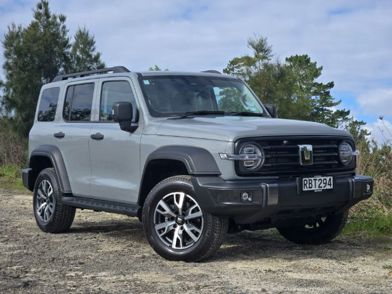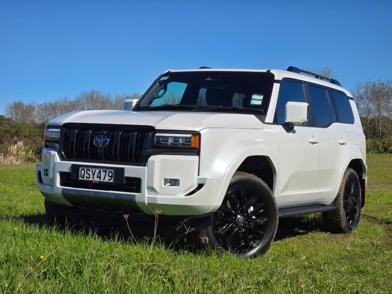You can often count on Mazda to deliver the seemingly familiar with a technical twist. That’s the case with our CX-60 Homura PHEV long-term test car.
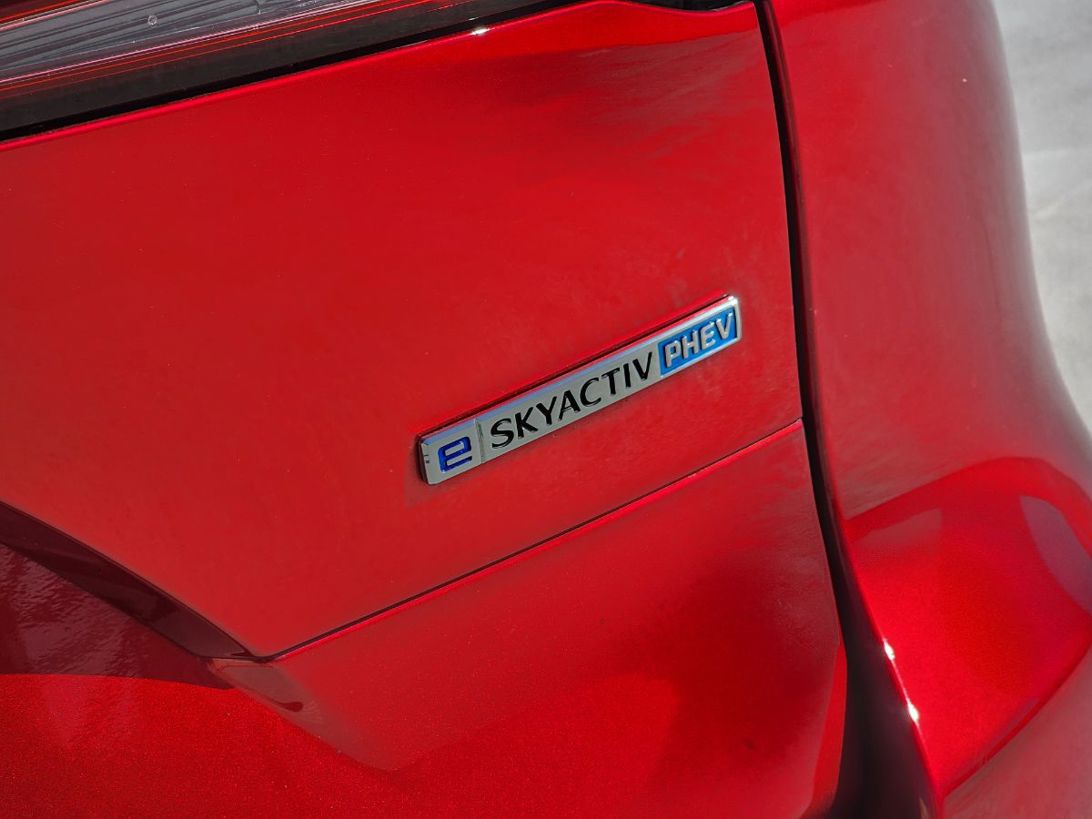
It has fallen to me to report on the car as an urban commuter. Makes sense. I live in Auckland and travel to DRIVEN Car Guide’s incredibly plush central-city offices each day with a 12km commute that’s a half-half mix of 30-50km/h roads and 100km/h motorway work.
The CX-60’s plug-in hybrid (PHEV) system is standard stuff on the surface: a 2.5-litre petrol-turbo engine with a fairly big battery that you can recharge using external power for a limited amount of pure-electric driving. And then petrol-electric operation when that runs out.
The tricky bit with the Mazda is that the electric motor is sandwiched inside the eight-speed gearbox. So even when you’re driving in EV mode, it’s changing gears like a conventional petrol car.
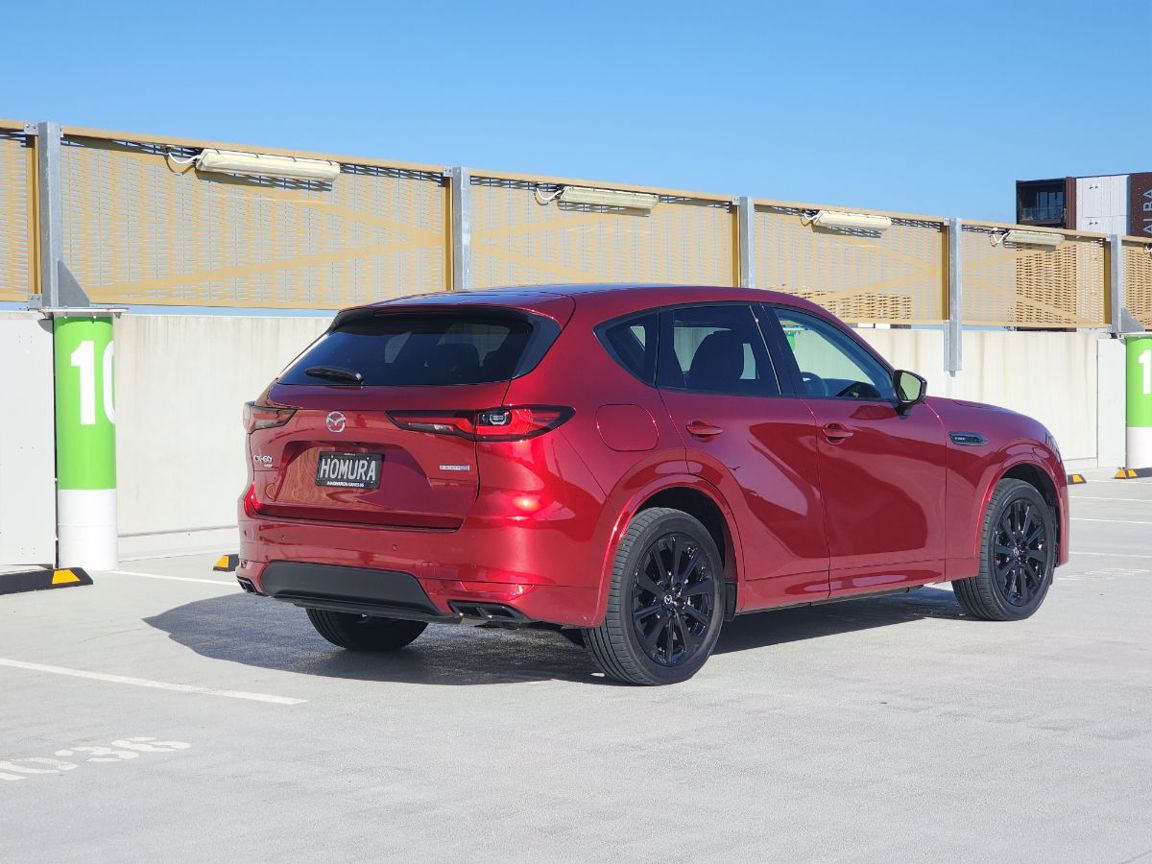
There has been some consternation among commentators that it can be a little hesitant or jerky. That’s true, it can – if you are too. But I’ve also found if you are smooth with the throttle, the gearbox is too. At the risk of sounding like a Mazda-PHEV-apologist, I rather like the sensation of this EV changing gears and working with me. Call me strange (plenty do).
I’ve had many arguments with people who reckon PHEVs should have DC charging ability. I strongly disagree. Like really extremely strongly.
The most awkward scenario is the transition between electric and hybrid in urban driving, when the battery is depleted; the transmission can bump and thump in odd ways. Good reason to keep it charged up in town. Too many clutches, perhaps? The CX-60 gearbox has a brace of them, one between the engine/motor and another between the powertrain/axles. The relationship status is complicated, obviously.
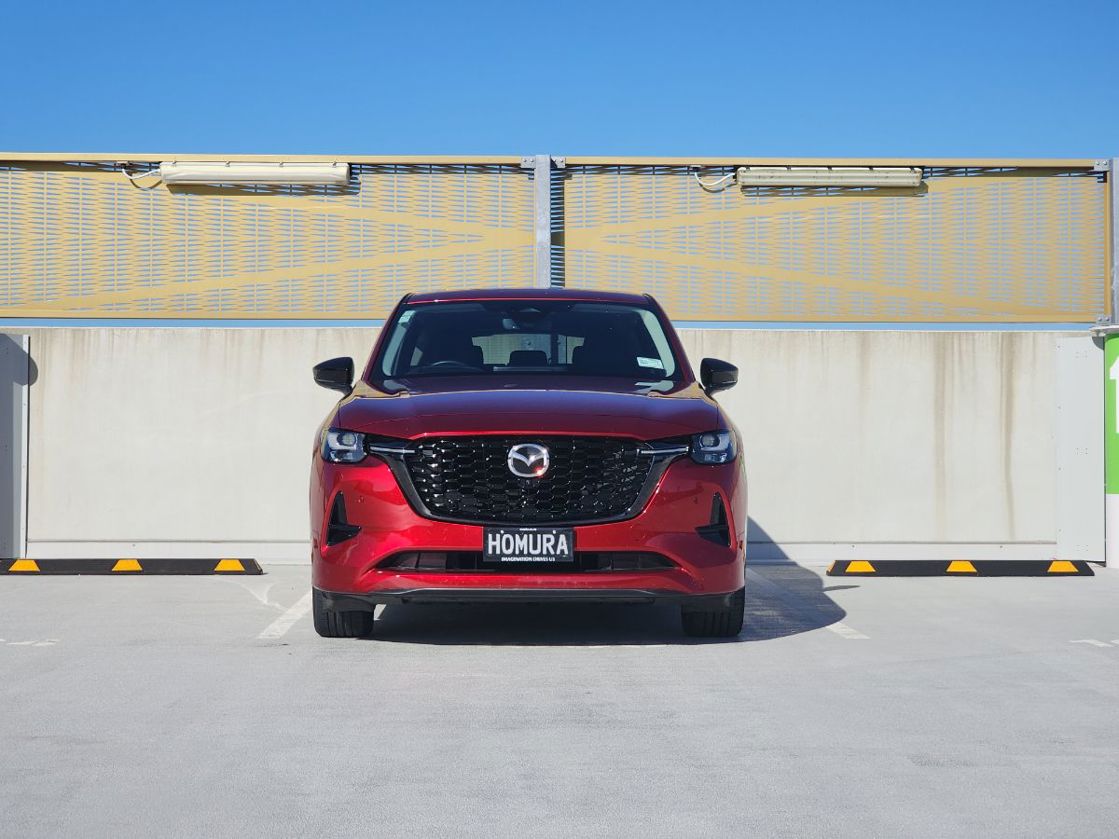
On the open road working as a hybrid, it’s the same situation: if you are smooth with your inputs, the CX-60 will be too. That’s very Mazda: do the work and you get the reward.
Mazda has a knack for swish interior design and the CX-60 takes things up yet another notch.
The Mazda is a very luxurious way to travel. The sporty exterior design (long bonnet, high waist) robs the driver of some visibility for parking, but boy – it does look cool, especially in the vivid Soul Red Crystal Metallic of our test car. And the surround cameras certainly help.
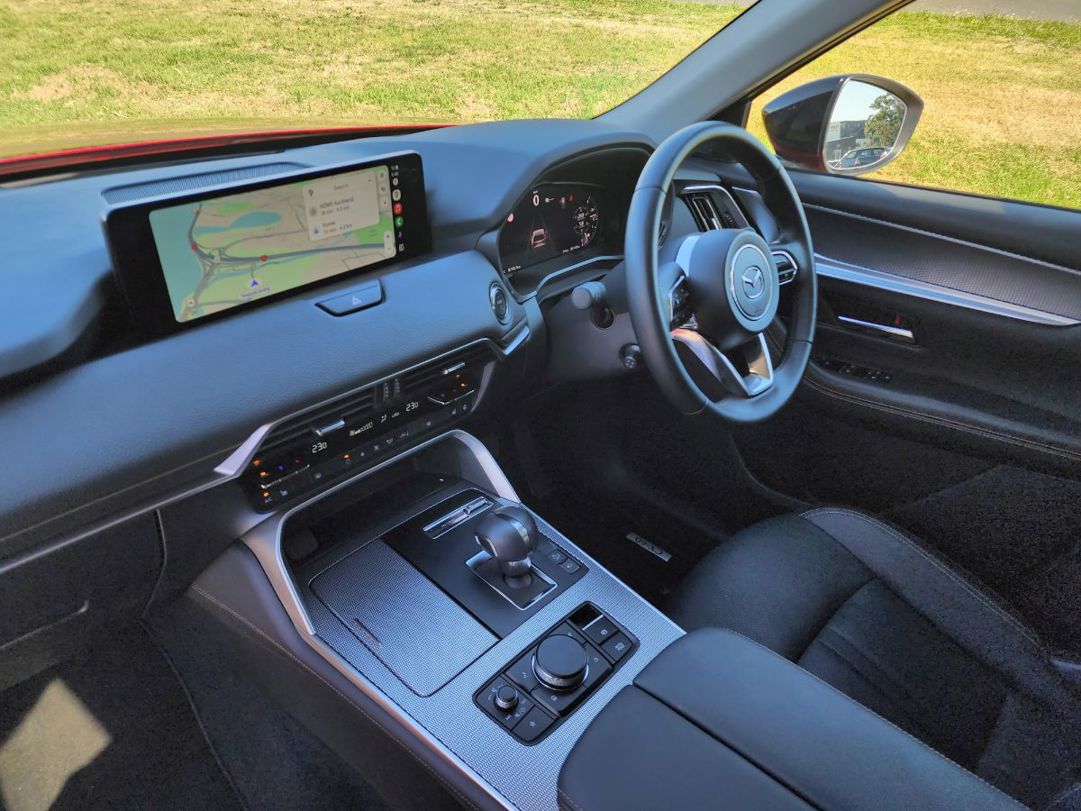
Mazda has a knack for swish interior design and the CX-60 takes things up another notch; as it should at this price. The materials are very touchy feely and the instrumentation is thoughtfully laid-out.
Is the PHEV version of the CX-60 the right choice? For me, yes.
We did have a wobble with the infotainment system: the Samsung phone users among us couldn’t seem to get a clean bootup/connection to the wireless Android Auto, to the point where we had given up on using what’s otherwise a fantastic setup. We were very sure it was the car; Mazda’s knowledgeable communications man politely suggested it could be our phones. Yeah, right.
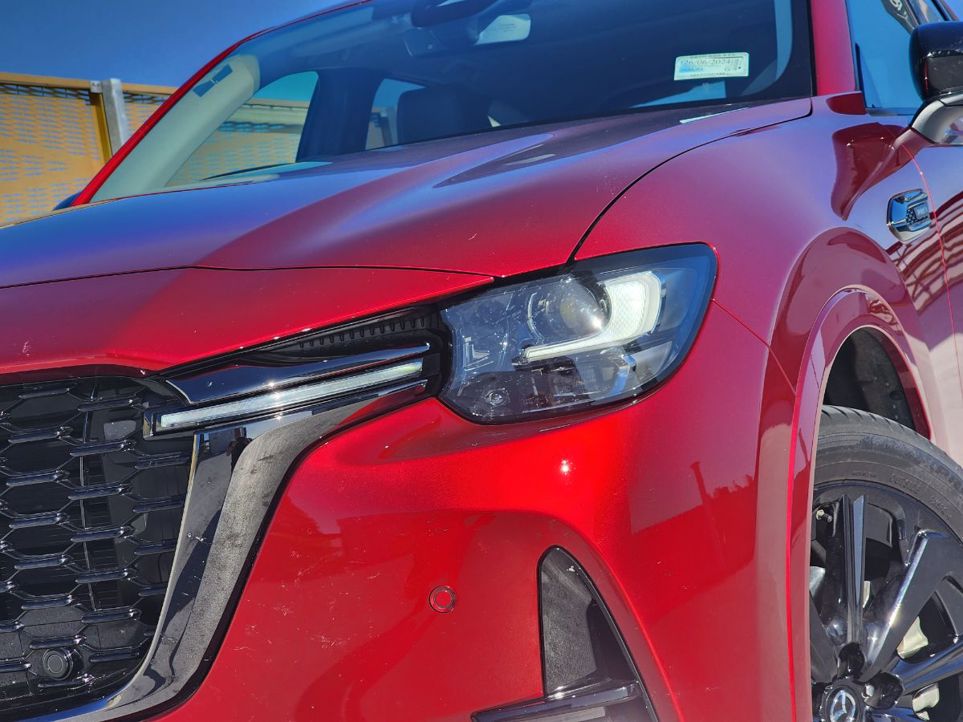
So upon the car’s return we agreed to show him the problem and perhaps try some other CX-60s to get to the bottom of it. That very week, Samsung issued two major OS updates, so by the time the big test came – it was all working fine. Angry journalists 0, Mazda PR/company tech 1. But really, a good result for everybody and a lesson: don’t automatically blame the car because the problem might be you. Or ideally, Samsung.
Is the PHEV version of the CX-60 the right choice? For me, yes. The Mazda has a 17.8kWh battery which can be recharged using the Type 2 AC port, at up to 7.2kW – or exactly what most home wallbox-type stations deliver. So two-and-a-half hours from flat, give or take. Or overnight on a three-pin socket if you don’t have a wallbox for your $88k PHEV (and shame on you).
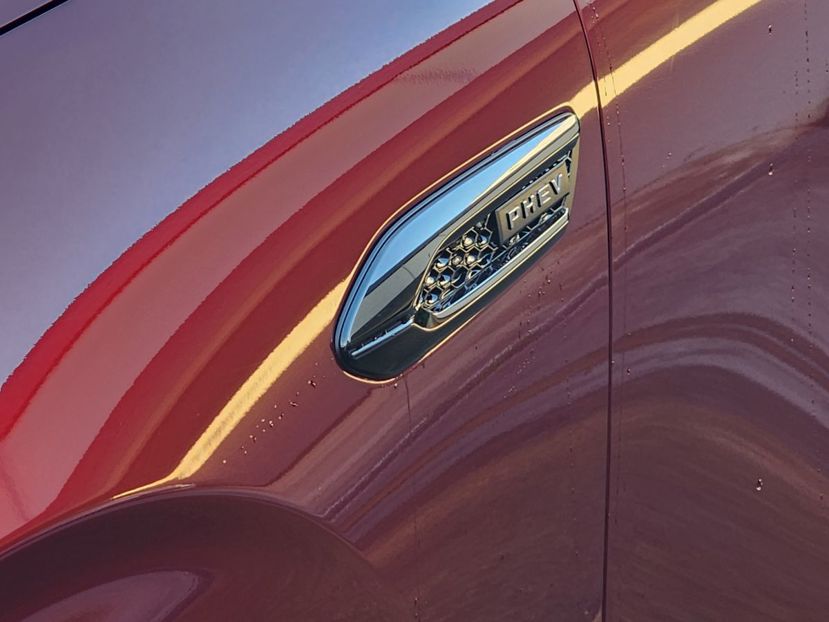
It gives an honest real-world 55-60km EV driving range in traffic, or enough to get me to work and back twice with plenty to spare. Not that it needs to, because the idea is you plug in a PHEV every night. We’re lucky enough to have a Wallbox at work and I have one at home, too; powering up the Mazda has never been a hassle and there’s always been the petrol engine to fall back on.
And now, I digress slightly. I’ve had more than my share of arguments with people who reckon PHEVs should have DC charging ability (some do, like the Mitsubishi Outlander), so you can charge them when you’re travelling. I strongly disagree. Like, really extremely strongly.
The one EV-USP of a PHEV is that you can have electric driving for commuting and yet still cover occasional long distances in hybrid mode without stopping all the time. So why would you want to wait for it to charge on a trip? Especially when an Outlander PHEV (to use the popular example, nothing personal) still only DC charges at 22kW. If the Mazda could do that, you’d be waiting nearly an hour to get enough electricity to go 60km. Absurd.
If you insist on holding the battery charge, you can do that for later use by selecting a required percentage level (the engine will also charge the battery to that point if you want). Handy if you’re in Europe and heading for a low-emission zone, although I don’t know why you’d want to do that in NZ. Point is, you can.
True, most PHEVs are less economical on trips than comparable non-plug-in hybrids because they are heavier, thanks to that larger battery; the CX-60 PHEV is 2.1 tonnes, for example. But that’s simply opportunity cost for electric commuting ability.
May I respectfully suggest that if you find yourself using petrol more than electric power in the CX-60 PHEV (or indeed any PHEV), you might have bought the wrong car; especially with Road User Charges looming in April. Check out our previous report for the sums on that.
If that’s the case, may I also introduce you to the very swish and smooth CX-60 Homura 3.3 48-volt mild hybrid (no plug), which is also $6k cheaper and runs on 91-octane, rather than the 95 required for the PHEV’s petrol engine. Horses for courses, Homura choices.
ENGINE: 2.5-litre turbo-petrol four with 17.8kWh plug-in battery and hybrid system POWER: 241kW/500Nm GEARBOX: 8-speed automatic, AWD 0-100KM/H: 5.8sec CONSUMPTION: 2.3l/100km (3P-WLTP) PRICE: $87,990




